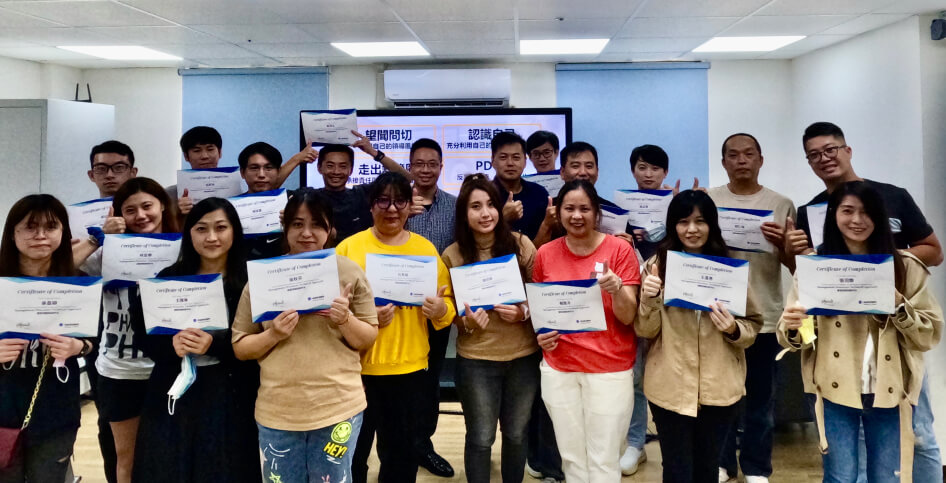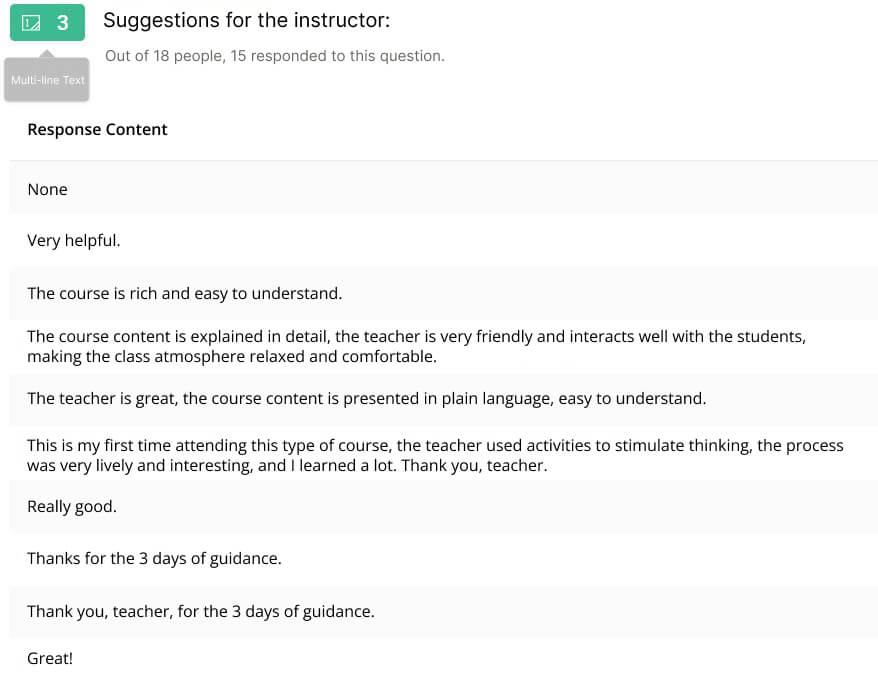Management Processes and Techniques
TRAINING DESCRIPTION
【TOTAL TRAINING HOURS】14 hrs
【TARGET AUDIENCE】
- Mid-level managers with supervisory responsibilities
- New managers
- Workers seeking to develop problem-solving skills
- Mid-level managers who want to understand and solve problems based on the needs of their bosses and supervisors
【TRAINING DESCRIPTION】
- Train participants from developing a managerial mindset, establishing behavioral patterns, to managing tasks and people, systematizing problem resolution, and then to performance evaluation and staff development. The course deconstructs management, detailing the principles, techniques, and methods for each step of the management process.
- Hands-on experience allows participants to complete job competency profiles, analyze problem contexts, and engage in exercises on empathetic communication and cross-departmental collaboration. This equips participants with the skills to master principles and practical exercises, ultimately enhancing their adaptability.


TRAINING SYLLABUS
| Day 1 – Managerial Mindset, Department Culture, Goal Setting, and Decision Management, Managing Tasks | Managing | Tasks |
#1 Managerial Mindset and Department Culture Formation
| 3.5 hrs | Lecturer Lessons Practical Exercises Interactive Verify |
#2 Goal Setting and Decision Management, Managing Tasks
| 3.5 hrs | Lecturer Lessons Practical Exercises Interactive Verify |
| Day 2 – Leadership in Relation to People, Problem/Crisis Analysis and Work Improvement, Performance and Employee Development | Employee | Development |
#1 Leadership in Relation to People, Problem/Crisis Analysis and Work Improvement
| 3.5 hrs | Lecturer Lessons Practical Exercises Interactive Verify |
#2 Performance and Employee Development
| 3.5 hrs | Lecturer Lessons Practical Exercises Interactive Verify |
LECTURER
陳酩堯
【EXPERIENCE】
Facebook fan page @maxnotec
【INSTRUCTOR PROFILE/ TEACHING STYLE】
陳老師 is certainly an instructor who excels at simplifying complex topics, with the goal of conveying theoretical foundations combined with years of industry experience and practical coaching in an easily understandable way within a short period of time.
Before the course, 陳老師 proactively conducts surveys for students to fill out, coordinating with units to fine-tune the accuracy of the class content. He is patient, approachable, and friendly, an active listener who skillfully uses scenarios and energy to facilitate brainstorming among participants. The lecturer’s teaching style is characterized by the frequent use of interactive games and exercises during lectures, interspersed with engaging teaching segments that allow participants to quickly absorb and learn.
【TEACHING EXPERIENCE】
Management Practice Teaching Assignments:
Corporate Training: Waih Jing Enterprise Co., Ltd., Webest Solution, Taiwan Brake Technology, NACHI C.Y., Uptron Technology.

